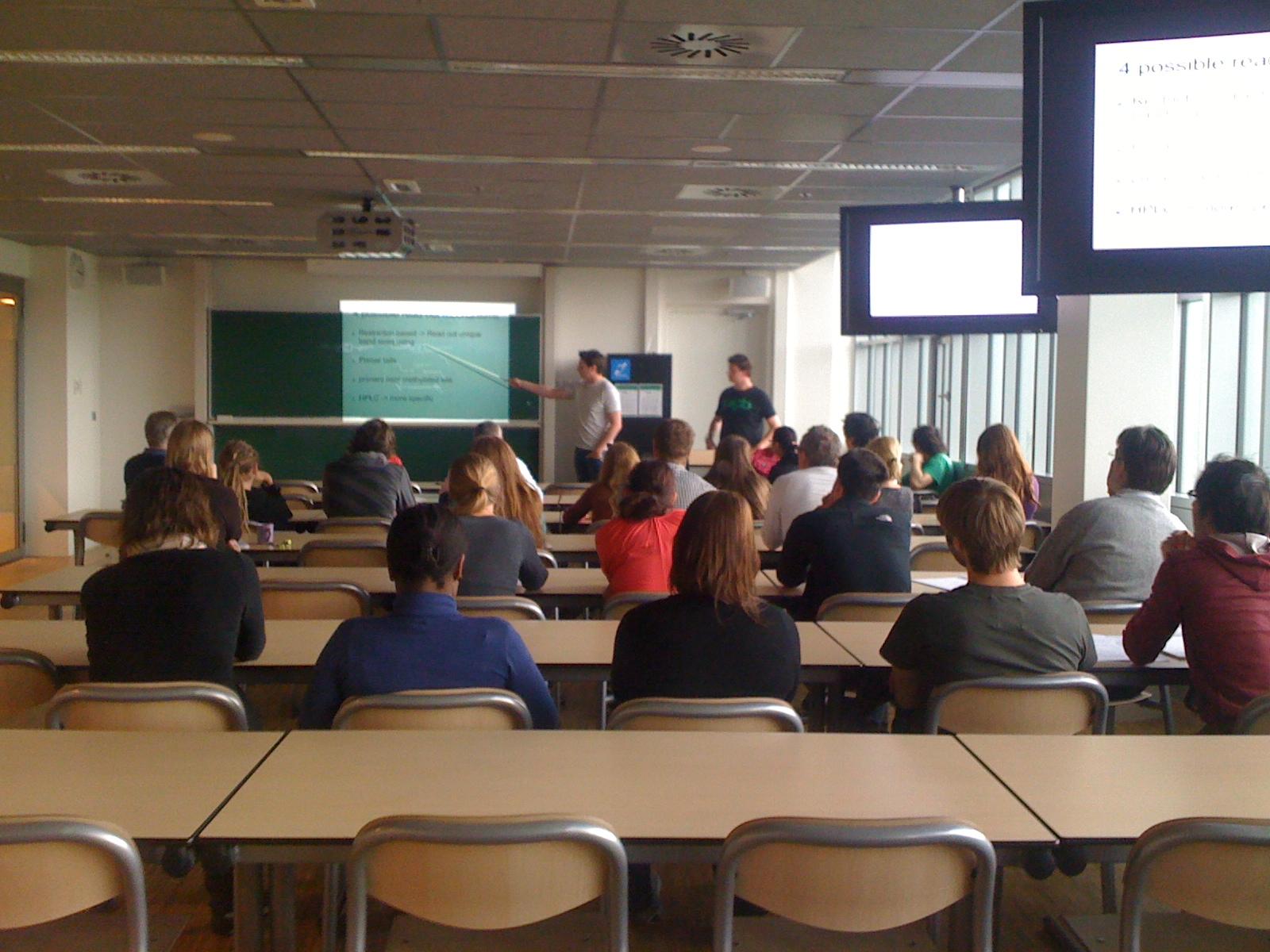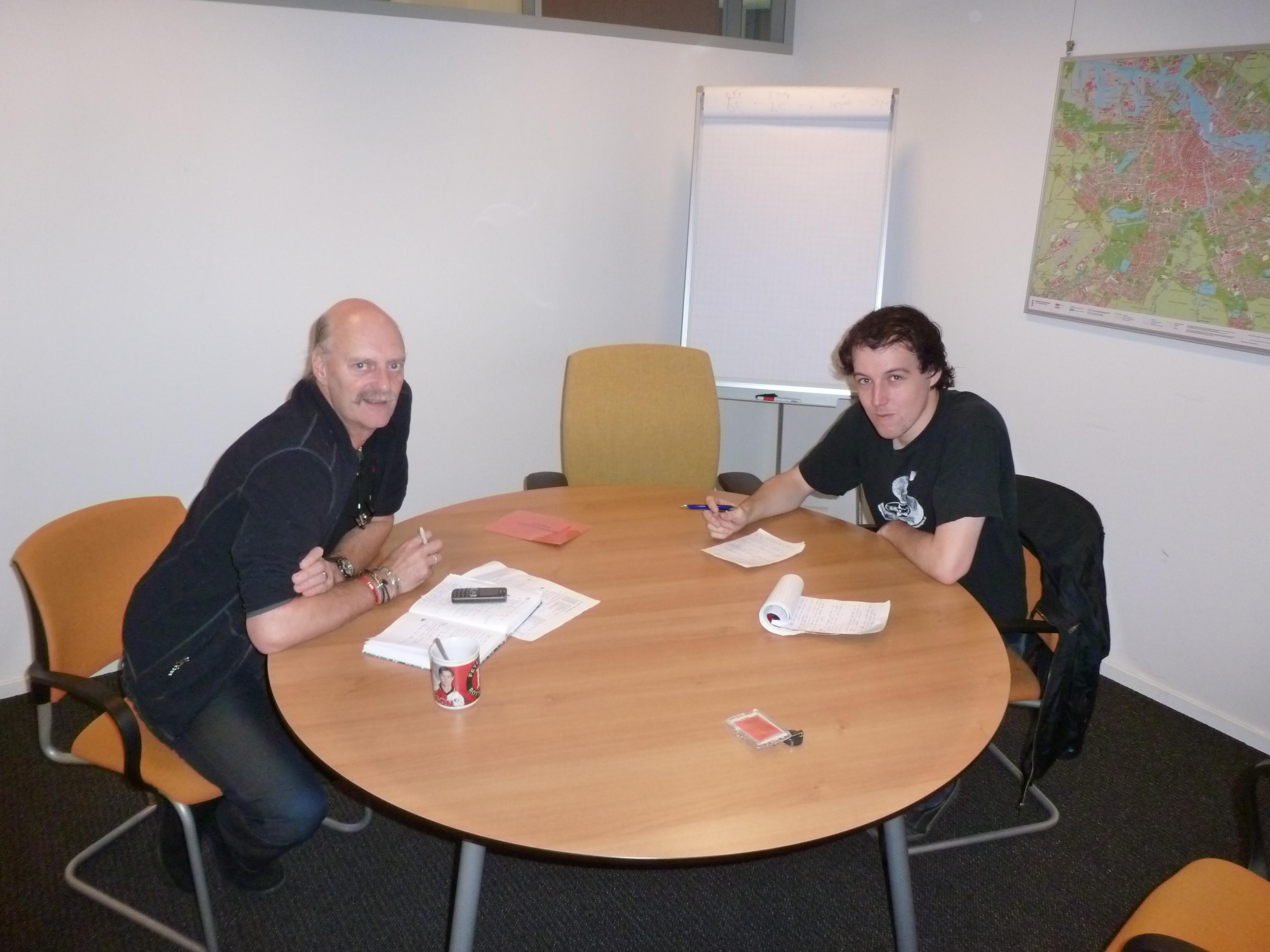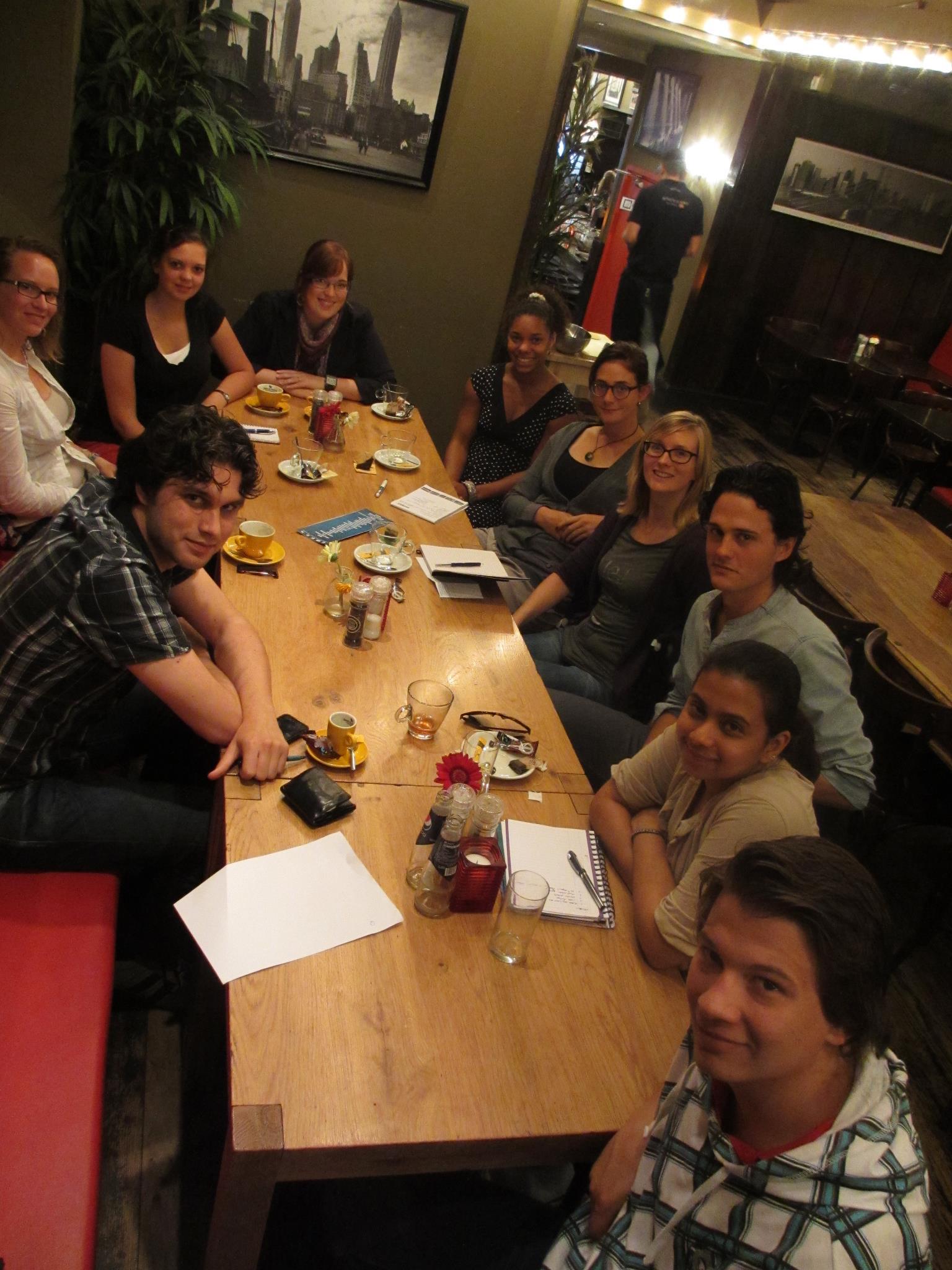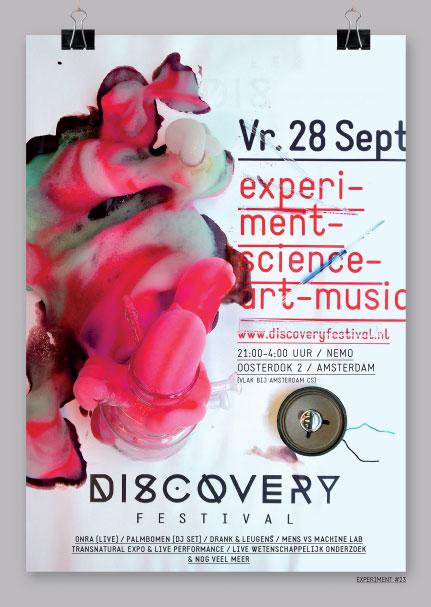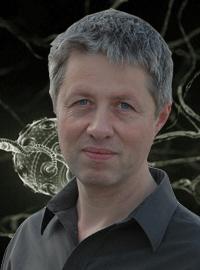Team:Amsterdam/practices/results
From 2012.igem.org
(Difference between revisions)
Mmendeville (Talk | contribs) |
Mmendeville (Talk | contribs) |
||
| Line 43: | Line 43: | ||
'''Bioassays'''<br\> | '''Bioassays'''<br\> | ||
| - | BDS uses human and animal cells to detect compounds in samples, as a cheaper alternative to existing chemical screening methods. This is done by measuring the acute toxic effects of the compound on the cell instead of directly measuring the presence of the compound. Measured substances are: (I) aromatic carbon-hydroxides (dioxins) and (II) hormones. Dioxins are very stable and not metabolized by the cells that measure their toxic effects, hence easily measurable | + | BDS uses human and animal cells to detect compounds in samples, as a cheaper alternative to existing chemical screening methods. This is done by measuring the acute toxic effects of the compound on the cell instead of directly measuring the presence of the compound. Measured substances are: (I) aromatic carbon-hydroxides (dioxins) and (II) hormones. Dioxins are very stable and not metabolized by the cells that measure their toxic effects, hence easily measurable using this technique. Hormones are sometimes metabolized by the chassis cells used, which affects the outcome of the measurement. European and international legislation concerning analytical chemistry is mostly directed at chemical measurements of dioxins, not the biological measurement. |
| - | + | ||
| - | using this technique. Hormones are sometimes metabolized by the chassis cells used, which affects the outcome of the measurement. European and international legislation concerning analytical chemistry is mostly directed at chemical measurements of dioxins, not the biological measurement. | + | |
'''Cons to bioassays'''<br\> | '''Cons to bioassays'''<br\> | ||
| Line 53: | Line 51: | ||
We summarized the molecular mechanism of the Cellular Logbook for Bart van der Burg and asked him if he could see advantages of a memory module in a multi-sensor system. Applications he could think of on the spot: | We summarized the molecular mechanism of the Cellular Logbook for Bart van der Burg and asked him if he could see advantages of a memory module in a multi-sensor system. Applications he could think of on the spot: | ||
| - | * Forensics: Intrigued by the facet of time indication that is inherent to the Cellular Logbook, he thought of bacteria that would solve a crime, by inferring the time on which the criminal was at the crime scene. One major bottleneck would be that the crime scene would have to be supplied with bacteria containing the Cellular Logbook beforehand. | + | * Forensics: Intrigued by the facet of [https://2012.igem.org/Team:Amsterdam/project/features_and_applications#Time_Indicator ''time indication''] that is inherent to the Cellular Logbook, he thought of bacteria that would solve a crime, by inferring the time on which the criminal was at the crime scene. One major bottleneck would be that the crime scene would have to be supplied with bacteria containing the Cellular Logbook beforehand. |
* Control of compound emission at industrial sites (e.g. factory): he envisioned to place the bacteria at multiple locations around a factory site to get an idea where and when chemicals were released. | * Control of compound emission at industrial sites (e.g. factory): he envisioned to place the bacteria at multiple locations around a factory site to get an idea where and when chemicals were released. | ||
Revision as of 02:04, 27 September 2012
 "
"






